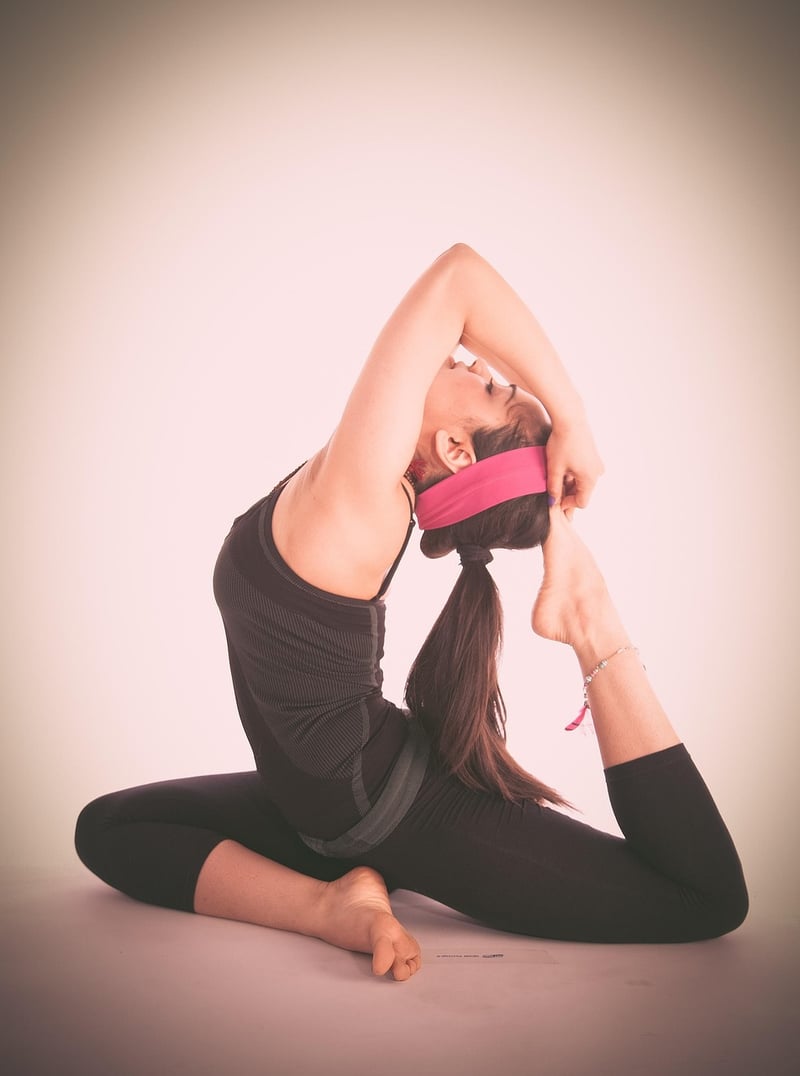Static Stretching
Enhance Your Flexibility and Mobility with Static Stretching
Flexibility and mobility are crucial components of overall fitness that often get overlooked. Incorporating static stretching into your routine can help improve your range of motion, reduce the risk of injury, and enhance your performance in various physical activities.
What is Static Stretching?
Static stretching involves holding a stretch position for a period of time, typically 15-30 seconds. This type of stretching helps lengthen the muscle and connective tissues, improving flexibility over time.
Benefits of Static Stretching:
- Enhances flexibility and range of motion
- Improves blood circulation to the muscles
- Helps in reducing muscle tension and soreness
- Assists in better posture and alignment
- Can be a great way to relax and de-stress
How to Perform Static Stretching:
Follow these simple steps to incorporate static stretching into your fitness routine:
- Warm up your body with light cardio or dynamic stretches.
- Choose the muscle group you want to stretch.
- Hold the stretch at a point of mild tension, not pain, for 15-30 seconds.
- Repeat the stretch 2-3 times for each muscle group.
- Remember to breathe deeply and relax into the stretch.
Examples of Static Stretches:
Here are some common static stretches you can incorporate into your routine:
- Hamstring stretch
- Quadriceps stretch
- Calf stretch
- Shoulder stretch
- Triceps stretch
- Lower back stretch

Remember to listen to your body and avoid overstretching to prevent injuries. Consult with a fitness professional or physical therapist if you have any concerns or specific conditions that may affect your stretching routine. Incorporating static stretching into your daily regimen can help you move more freely and comfortably in your daily activities and workouts.
